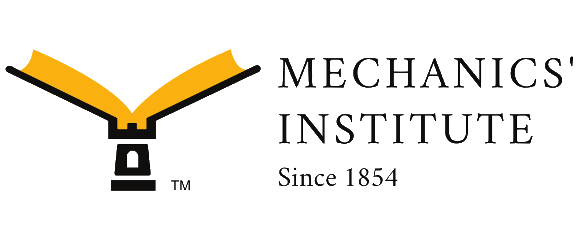From the Foreword to Richard Reinhardt’s Four Books 300 Dollars and a Dream: An Illustrated History of the First 150 Years of the Mechanics' Institute.
“The word mechanic, as Walt Whitman would understand and celebrate this word by the 1840s, was not merely someone who worked with his or her hands, important as that might be. A mechanic was a skilled maker of things, an avid student of technology, a self-respecting yeoman eager to make his way in the world and the woman, in many instances, who accompanied him on this journey and shared his skills. Thus, the mechanic was the maker, the artisan, homo faber, man the fabricator, as the Romans would put it, or, from the perspective of ancient Greece, the master of techne, technique, be that techne the design of a temple, the sculpture of a statue, the construction of a house, the repair of a cart, or the joining of wood to stone to create a bench. The frontier San Francisco photographer Carleton Watkins, among others, saw himself as a working man, a mechanic, employing the tools of his trade to capture accurate and well-positioned images; such a lack of pretense, such a concern for foundational skills, whatever the project, was characteristic of his fellow mechanics in a variety of callings. In his poetry, Walt Whitman celebrated such mechanics, so ready to apply their skills to American life; and while the professors of Europe in their well-appointed laboratories struggled with the challenges of technological breakthrough, such American mechanics as Robert Fulton, Cyrus McCormick, Samuel F.B. Morse, Alexander Graham Bell, Lester Allen Pelton, and the Wright brothers achieved breakthroughs in the steamboat, the mechanical reaper, the telegraph, the telephone, the hydraulic wheel, and heavier-than-air flight that constituted the major technological innovations of the nineteenth and early twentieth centuries.”
Kevin Starr
California State Librarian Emeritus
